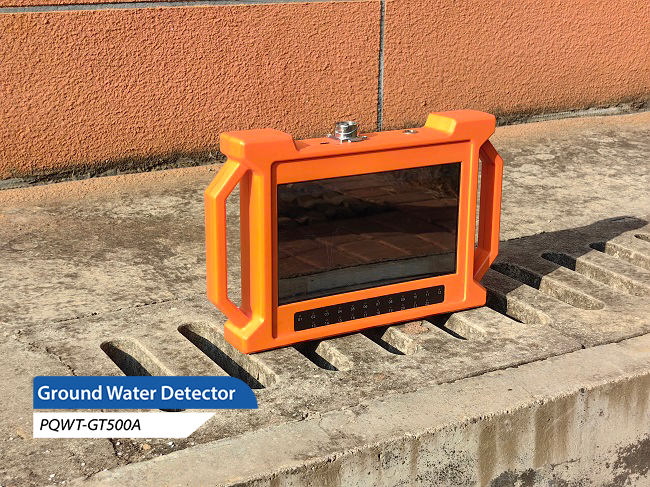In the current field of ground water detector, the two commonly used techniques are nuclear magnetic resonance (NMR) ground water detector and natural electric field (NEF) ground water detector, which have different working principles and application characteristics and are suitable for different situations and budgetary requirements. The differences are explained in detail below, with a focus on the application areas of the natural electric field ground water detector.

Nuclear magnetic resonanceground water detector is a technique based on the differential effect of the relaxation properties of the atomic nuclei of matter, which detects groundwater by capturing the pattern of change of the nuclear magnetic resonance signal generated by hydrogen protons in the ground. However, this instrument is susceptible to electromagnetic interference and is expensive, limiting its popularity in practical applications.
Compared with the NMR ground water detector, the natural electric field ground water detector detects ground water by measuring the pattern of change of electric field components at different frequencies based on the difference in electrical conductivity of different geological structures in the ground. The Natural Electric Field ground water detector is affordable and has become one of the most popular devices for well drilling users. Its advantages are simplicity of use, relatively low price of equipment, and not easily affected by electromagnetic interference.
The PQWT series ground water detector, as a natural electric field ground water detector, provides simple one-button operation to automatically generate geologic profiles, eliminating the need for cumbersome computerized mapping. Through the quickly generated curves and profiles, field personnel can quickly understand the underground geological structure and analyze the specific information of aquifers, fissures, faults, caves, etc. The instrument is suitable for different terrains. The instrument is applicable to different terrains, such as plains, hills, mountains, plateaus, basins, etc. It can quickly analyze the changes in the geological structure and determine the depth of wells and aquifers.
In conclusion, the natural electric field ground water detector and the nuclear magnetic resonance ground water detector have obvious differences in their working principle, price and application areas. The natural electric field ground water detector is widely used in well drilling and rapid water resource surveys because of its simplicity and affordability. However, MRI ground water detector still has its unique advantages in specific application scenarios. With the development of technology, the further improvement and innovation of these two technologies will bring more opportunities and prospects in the field of physical water detection.








